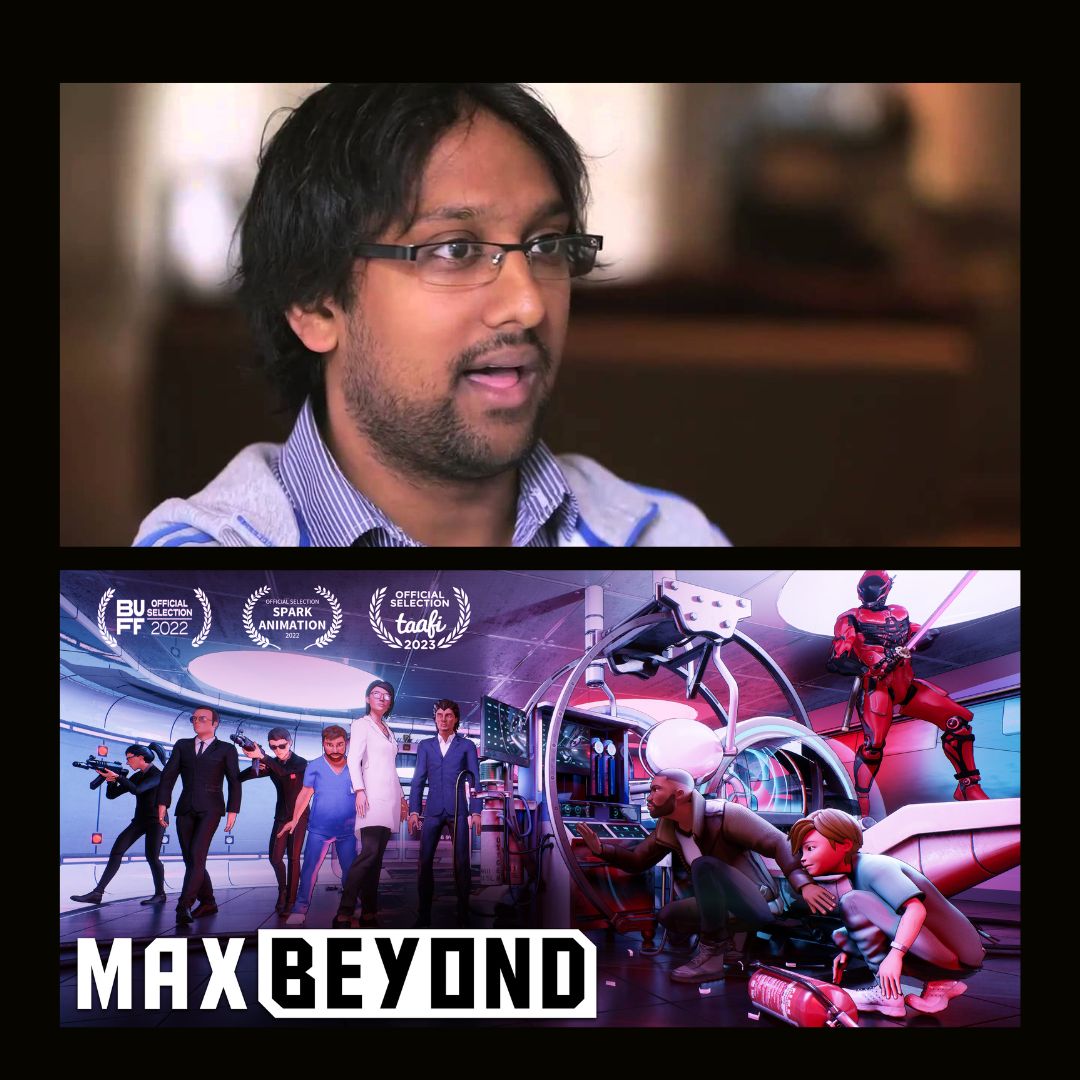Review: Flee
Overview:
On the cusp of Amin’s impending marriage with his husband, he decides to finally open up about his secret and painful past as a young refugee who was forced to flee his home in Afghanistan with his family and go through a destabilizing process before finding safety in Denmark.
Our Take:
There’s an odd stigma that can surround the medium of animation where it’s reduced to shallow content that’s purely designed for younger audiences. There’s a level of comfort that’s associated with animation as a result in which it’s used as a friendly form of escapism. It’s always very exciting when animation can subvert this expectation and tell mature and provoking stories that are anything but sanitized and censored. Jonas Poher Rasmussen, a documentary filmmaker, turns to animation to tell a heartbreaking story about the undying power of family, the desire for acceptance, and the true meaning of “home.”
Flee’s subject, Amin Nawabi, confronts the past and finally faces his demons and in doing so robs them of their power. There’s a heavy emphasis on the catharsis Amin receives by simply recounting these events for the first time and how individuals can become the lies that they tell for so long when they’re not properly true to themselves. Flee is a beautiful, important movie that’s true to itself on every level. It’s a biographical reflection on the unstable refugee experience through the limitless freedom of animation in order to tell a story about oppression. It’s one of the most interesting animated features and documentaries of the year.
Amin’s story begins in Kabul, Afghanistan and depicts a polarizing environment where persecution, erasure, and prisoners of war are the norm, but Amin at least has comfort in a family. Increasing uncertainty forces Amin and his family into uncharted territory as they scrape and claw at the world in order to merely continue living. This judgmental malaise follows Amin wherever he goes, even when he feels like he’s reached a place of peace. There’s a thin membrane of security in the fact that Amin retells his story with the safety of hindsight behind him, but it doesn’t mask the brutal horrors that he’s seen. Flee conveys the feeling of desperation and rampant hopelessness in such a heavy, harrowing manner that truly amplifies Amin’s story and how far he’s come simply to be able to tell it. It underscores how far people are willing to go for the simple rights of freedom and normalcy.
Amin’s story is Flee’s priority, but there are tiny and appreciated moments where the movie allows the borders to expand a little more. The uncomfortable subject matter that comes out of Amin’s refugee experience juxtaposes with affable moments between his interviews that are deeply human. It brings more personality to this other crucial figure in Amin’s life, but not in a manner that’s distracting or feels disruptive to the documentary’s authenticity. Amin’s increasingly exposed nature as he reveals more details about his past naturally feeds into these slices of vulnerability where he’s “off camera.”
Flee frequently uses its animation in uniquely creative ways. It often has a raw quality to it–much like Amin’s story–but remains consistently beautiful and it’s ultimately a powerful use of the medium and is full of emotion. Scenes of human trafficking are presented in a haunting, ghostly manner that will linger with the audience. The occasional glimpses of the contrasting elegant night life environments across Amin’s journey also all make their mark. Sequences that revolve around police oppression are expressed through disturbing water colors that erase characters’ individuality and strips them of their humanity, both emotionally and on a visual level. Some of Flee’s most moving and complex moments are set on a harrowing voyage across harsh waters.
There’s also a very smart strategy where live-action content is sparsely used for news reports as a way to contrast an “objective” reality with the personal story that’s being told through the animation. It works on an aesthetic level, but it’s a brilliant metaphor for how the real world swallowed Amin’s family and took over. Additionally, another one of Flee’s most effective stylistic effects is Amin’s reliance on American pop music as a means of escapism and an expression of freedom and his individuality. The way in which these mainstream elements stick out from Flee’s narrative perfectly mirror Amin’s own unique nature.
Flee is a staggering story that sets Amin Nawabi down a path that’s wrought with hardships, but culminates in a positive place of acceptance. There aren’t many movies, let alone animated ones, that are willing to ask the questions and explore the sensitive territory that’s looked at in Flee. Flee has been selected as the Danish entry for Best International Feature Film in the upcoming Academy Awards and it’s completely deserving of such an honor and will hopefully be able to reach as large of an audience as possible. It’s absolutely the sort of animated movie that there needs to be more of and it makes a strong push for the power and freedom that’s granted in documentaries that lean into this advantage.
‘Flee’ releases in theaters on December 3rd



























Hi Ashley, thank you so much for reading and we love the feedback. Note that on that day we had 14th posts go up and only ten posts show on the front page, so it's possible the preview had already been archived by the time you got to it. One recommendation would be to add our RSS feed to your favorite news aggregator service like Feedly, this way you get all of the latest posts!